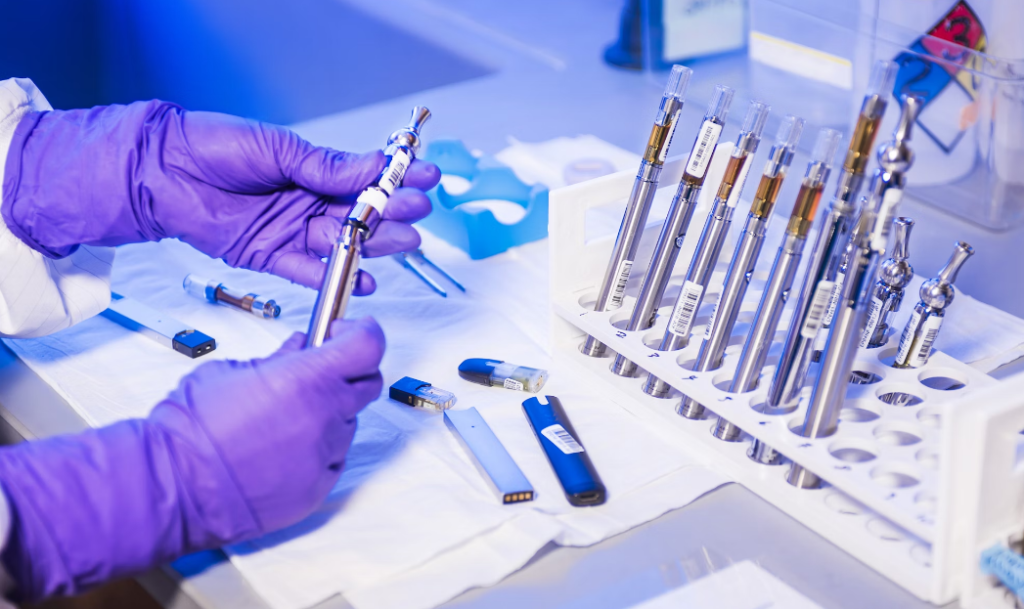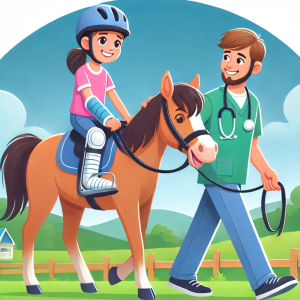
What Is Microsimulation and How Can It Help Public Health?
In the quest to shape healthier communities, public health professionals rely on more than intuition—they need powerful tools to predict outcomes, test policies, and understand complex systems. One such tool, often operating behind the scenes, is microsimulation modeling.
Microsimulation might sound technical, but its core idea is simple and powerful: simulate the lives of individuals—one by one—over time, to understand how policies or changes might affect an entire population. In this blog, we’ll break down what microsimulation is, why it matters, and how it’s revolutionizing public health decision-making.
What Is Microsimulation?
At its heart, microsimulation is a computer-based method that models individual people (or “agents”) to see how their characteristics and behaviors evolve over time. These simulated “micro-units” might be people, households, or even organizations. Each unit has attributes—like age, income, or health status—and rules determine how these attributes change based on events like illness, education, or policy changes.
There are two main types:
- Static microsimulation: Assesses the immediate impact of a change (like a new tax policy), assuming the population stays the same.
- Dynamic microsimulation: Simulates how individuals age, make decisions, and interact with policies over time—ideal for understanding long-term outcomes.
Think of it like SimCity, but for public health.
How Microsimulation Works in Public Health
Microsimulation models are especially useful for exploring “what-if” scenarios—what if we changed screening guidelines, introduced a new vaccine, or adjusted insurance coverage?
Here’s how it typically works:
- Define the health problem: For example, modeling the impact of cancer screening.
- Build the model: This involves mapping out health states (e.g., healthy, pre-disease, disease, death) and determining how individuals move between them.
- Use real data: Simulations are informed by data from surveys, administrative records, clinical trials, and expert opinion.
- Run scenarios: The model simulates thousands (or millions) of individual “lives” under different policy or treatment scenarios.
- Analyze outcomes: Results might include population-level estimates of mortality, disease incidence, or healthcare costs.
For example, the MISCAN model has been used to evaluate screening strategies for colorectal, cervical, and prostate cancer—helping identify cost-effective approaches that save lives.
Real-World Applications in Public Health
Microsimulation is already making a big impact in public health. Here are some areas where it shines:
1. Evaluating Screening Programs
MSMs have helped determine optimal schedules for cancer screening. For instance, they can show how often women should get mammograms to balance early detection with the risks of overdiagnosis.
2. Chronic Disease Forecasting
Microsimulation models have been developed for diabetes, cardiovascular disease, stroke, and more. They simulate how lifestyle changes or interventions could reduce disease burden and healthcare costs.
3. Policy and Cost-Effectiveness Analysis
When testing new policies—like expanding Medicaid or introducing sugar taxes—models like POHEM or FEM can project both the health and economic effects across decades.
4. Addressing Health Disparities
By incorporating social determinants of health (e.g., income, race, geography), microsimulations can identify how policies affect different groups and guide more equitable decision-making.
5. Pandemic and Infectious Disease Planning
MSMs were used to simulate the spread and control of diseases like influenza and HIV, helping guide vaccine distribution and containment strategies.
Why Microsimulation Matters
Public health is complex. One-size-fits-all solutions rarely work, and randomized controlled trials aren’t always possible. Microsimulation steps in as a virtual laboratory, letting us:
- Forecast long-term impacts of today’s choices.
- Personalize policy by modeling individual differences.
- Test multiple interventions before implementing them in the real world.
- Support transparency and equity in decision-making.
As public health challenges grow more complex—think aging populations, rising chronic diseases, and climate change—microsimulation offers a way to see around corners.
What Are the Challenges?
Microsimulation isn’t magic. Models are only as good as the data and assumptions that go into them. Building these models requires:
- High-quality input data (which isn’t always available).
- Expertise in modeling and statistics.
- Careful validation to ensure accuracy.
- Transparent reporting so stakeholders can trust the results.
But as computing power grows and data becomes more accessible, these challenges are becoming easier to tackle.
Final Thoughts: The Future of Microsimulation in Public Health
Microsimulation models are becoming indispensable tools in public health research and policymaking. They help us make smarter, evidence-based decisions that can save lives, reduce costs, and promote equity.
As more governments and health agencies adopt these tools, we’re likely to see them shape everything from cancer screening guidelines to obesity prevention strategies to pandemic responses.
If you’re a public health professional, it might be time to start thinking microscopically—because the future of population health may just lie in the power of the individual… simulated.
Learn more
Check out this R package and documentation.
You’re Missing the Headlines That Matter
🚨 Critical science is unfolding—are you in the loop?
Each week, This Week in Public Health delivers need-to-know insights that shape policy, practice, and community health. If you’re not reading it, you’re already behind.👉 Subscribe for free now to stay ahead.
📢 Share this blog—someone you know needs to see it too.



